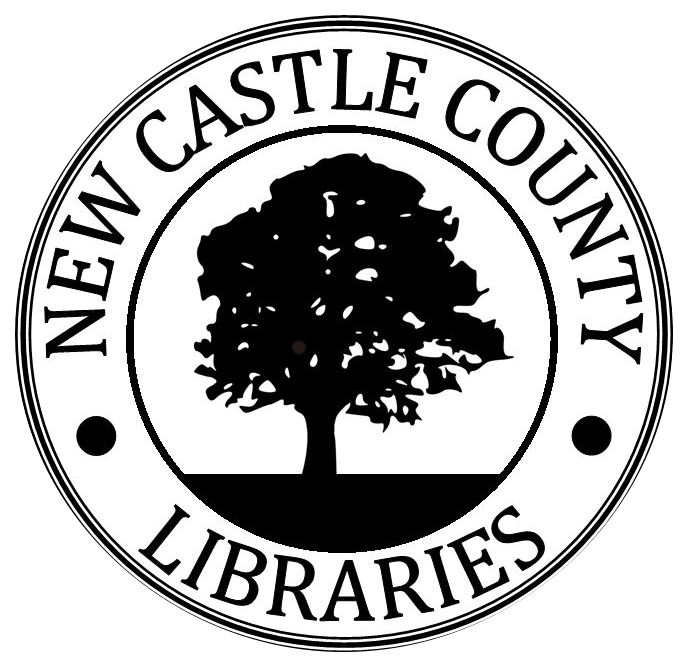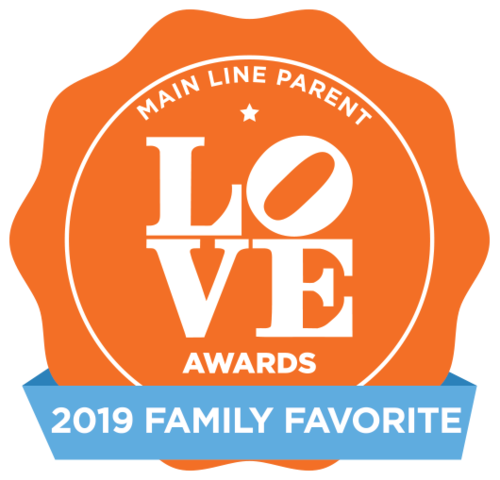A Touch of Musicality: Adding Music to your Foreign Language Classroom
/Did you ever cram for a test by memorizing information through song? Or maybe you can’t recall anything you did in 1997, but whenever you hear Sugar Ray’s “Fly,” you remember every word, whether you liked the song or not. That’s no coincidence. Throughout time, music has proven itself to be innate within humans and cultures. It’s the universal language that connects us to one another. And whether we would like to remember songs or not, the fact is, is that music resonates with all of us, which makes it a helpful and effective teaching tool.
I (Lia Andrews) started learning a second language in middle school and to this day, I can still recall the songs that my teachers introduced to help us conjugate verbs and learn vocabulary. And when I started teaching French as a 19-year-old, I quickly realized that my third graders were able to recall so much more vocabulary when they pulled the information from a simple song that I had made up on the spot rather than from when I wrote out information on the white board alone. So once my managing partner, Paul Calvarese, and I decided to team up (he the language and music expert and I the early ed teacher and curricula creator), we decided that music would have to play a large part of how our program would work. By our third class together, we found it to be one of the most engaging and conducive components for teaching a language. Even our shyest students enjoyed shaking their shakers and humming along to the beat. And so, after a month of once a week, 20-minute sessions, our preschoolers could be found singing our hello and goodbye songs (listen to our album on YouTube), which are all completely in Spanish, as they walked the halls with their teachers who knew not a word.
Whether my students are two or ten, what’s important to me is that I engage and inspire them when it comes to language so that the intimidation factor of a foreign language begins to dissipate. I believe that if children are singing in a second language, that language can shift from being a “foreign” language to a “second” language. So for Paul and me, in order to build our students’ confidence with each new lesson, we kept each new song basic. According to Paul, “It had occurred to me that songs with a recognizable melody would lend themselves to an education program far better than original tunes. Old folk and parlor songs have such staying power because of their catchy melodies and inherent nostalgia, and their ubiquitousness means that most children (and their parents) are already intimately familiar with them.” Lucky for me, I wasn’t limited to an a capella version of “Jimmy Crack Corn” that we used to teach question phrases (Listen to how we transformed “Jimmy Crack Corn” in our “Dinosaurio” music video). Paul recalls, “Armed with two guitars, my Roland XP-80 synthesizer and a cardioid condenser microphone, I spent the majority of our first year of operation recording and mixing the songs that would end up constituting Language University’s soundtrack. In order to keep our growing repertoire diverse, I made it a point to arrange the musical accompaniment into a different style each time. I made musical arrangements inspired by early rock ‘n’ roll. I also chose to highlight a few Latin styles where possible: rumba, salsa, merengue, cha-cha, bossa nova and Afro-samba.”
What makes me beam with pride about our music is that not only do our students learn new Spanish vocabulary through our songs, but the familiar tunes makes our students feel as if the songs are a part of them already, which in a way, is true. The music brings all of our students consistency and comfort. And that assurance and stress-free outlook allows them to learn freely and willingly. So whether you have the capacity of “arming yourself with two guitars, a Roland XP-80 synthesizer and a cardioid condenser microphone,” or you make up songs on the spot, music in any state can help free up the mind to learn and retain new information, whether our students realize it or not.






